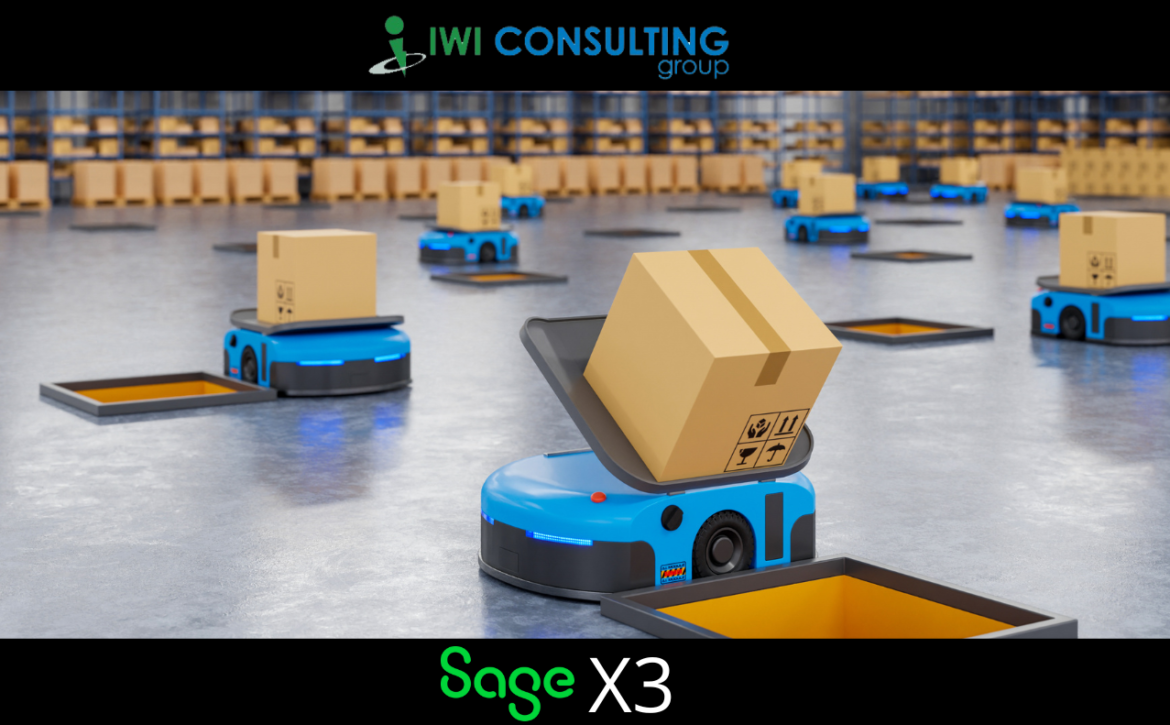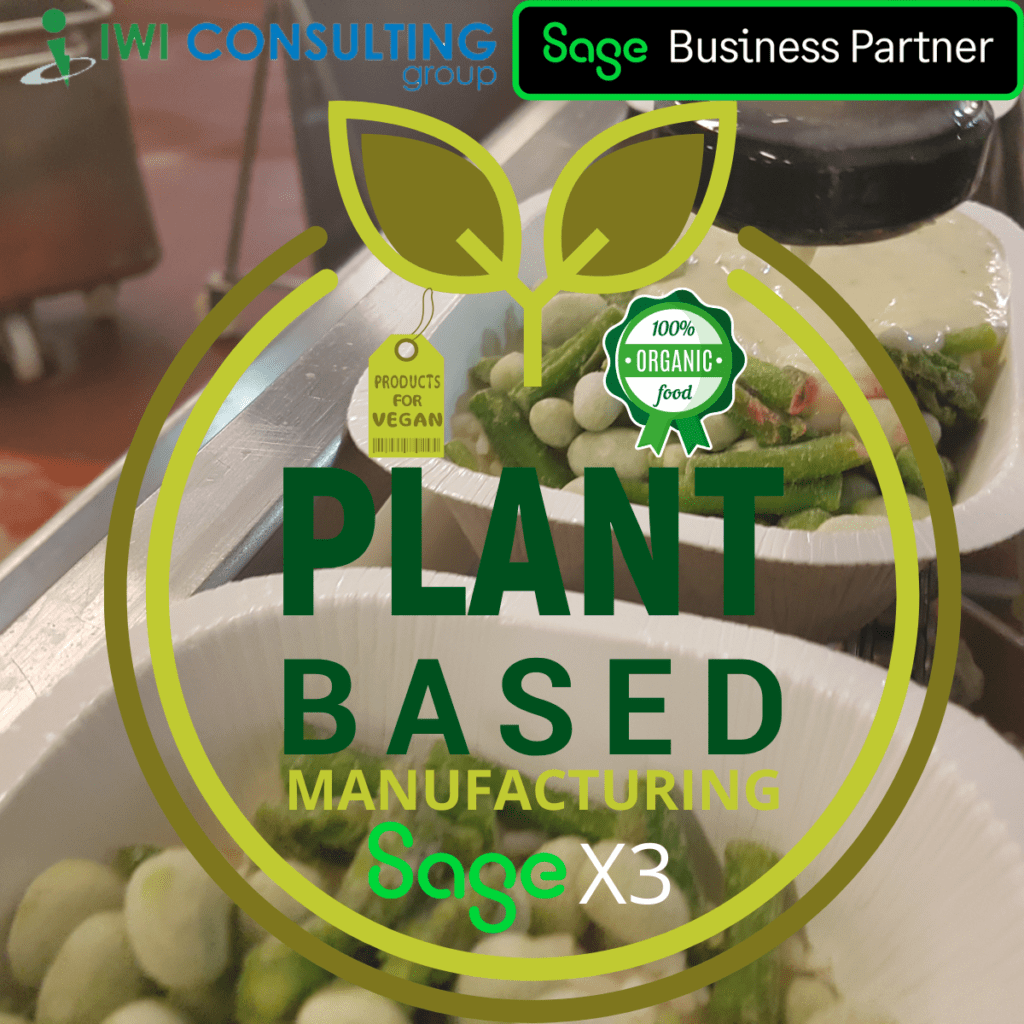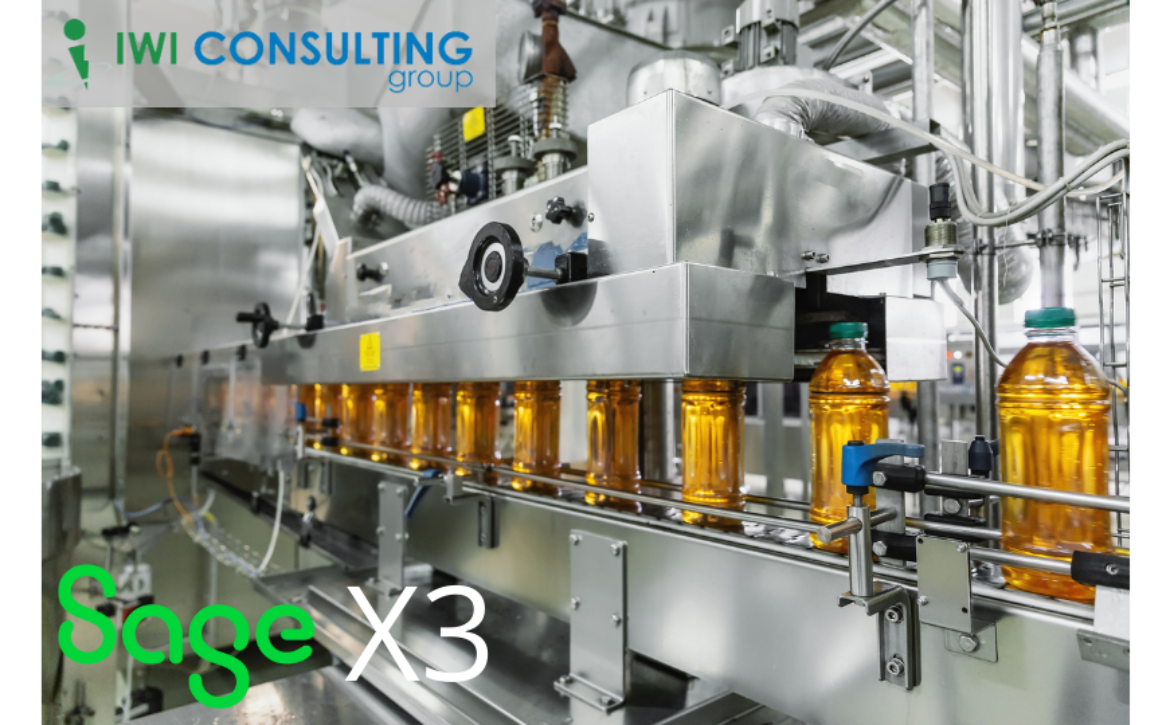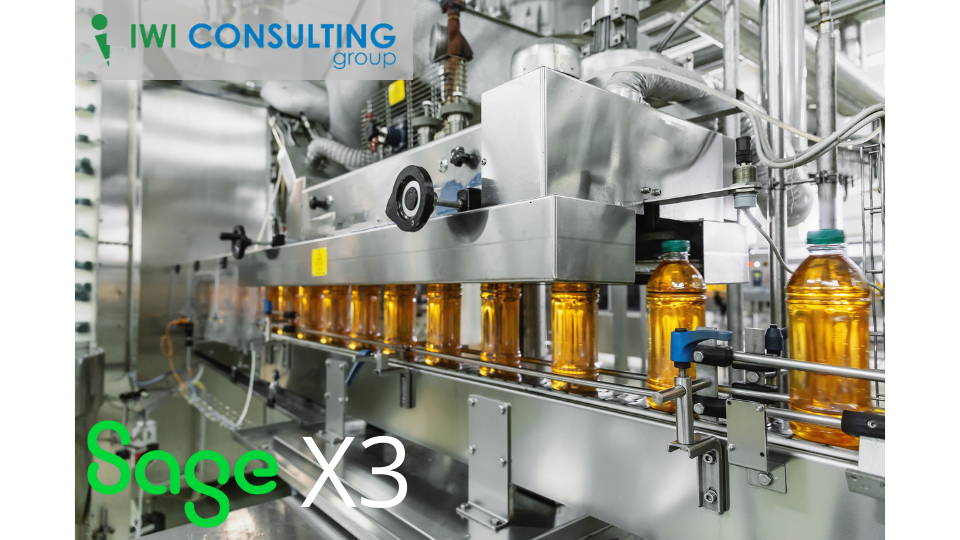Sage X3: Transforming the Distribution Processes through Digitization
Supply chains are more complex than ever. Driven by bottlenecks brought to light during the pandemic, manufacturers have rapidly diversified supply lines to help reduce the risk of shortages or delays.
But the introduction of more suppliers to existing supply chains has also increased overall complexity: How do companies effectively manage the sheer volume of orders, payments and distribution needs across distributed supply chains?
Here’s how Sage X3 can help.
Challenges in Streamlining Supply
According to research firm McKinsey, aerospace manufacturers typically have 200 tier-one suppliers but more than 12,000 across all tiers. Automakers, meanwhile, have 250 tier-one suppliers and over 18,000 across the entire supply chain. Even technology companies have more than 7,000 suppliers across all tiers — and given the current (and ongoing) shortage of components, even this number may not be high enough.
The massive amount of suppliers now necessary to sidestep potential supply issues, however, means that companies are now managing multiple orders and payments simultaneously. Order too much from too many suppliers and the result is wasted money and at-capacity inventory space. Order too little or lean on a single supplier too much and the result may be delays in production that could lead to consumer dissatisfaction and customer churn.
Adding to this complexity is the need for ongoing supplier evaluation. Are suppliers living up to expectations in quality and quantity? Are they meeting delivery targets? This ties directly into distribution for brands with a global supply footprint: If legacy IT infrastructure can’t keep pace with evolving supply expectations, the results could be costly.
The Sage X3 Advantage
Sage X3 makes it possible for companies to digitize key supply and distribution processes, in turn reducing complexity and streamlining key operations to improve the customer experience.
Key advantages of Sage X3 include:
Supply Chain Visibility
See what’s happening across your supply chain with real-time visibility into global supply networks. Armed with complete visibility, businesses are better prepared to anticipate potential challenges, respond to emerging issues and ensure that components and products get where they’re supposed to be ASAP.
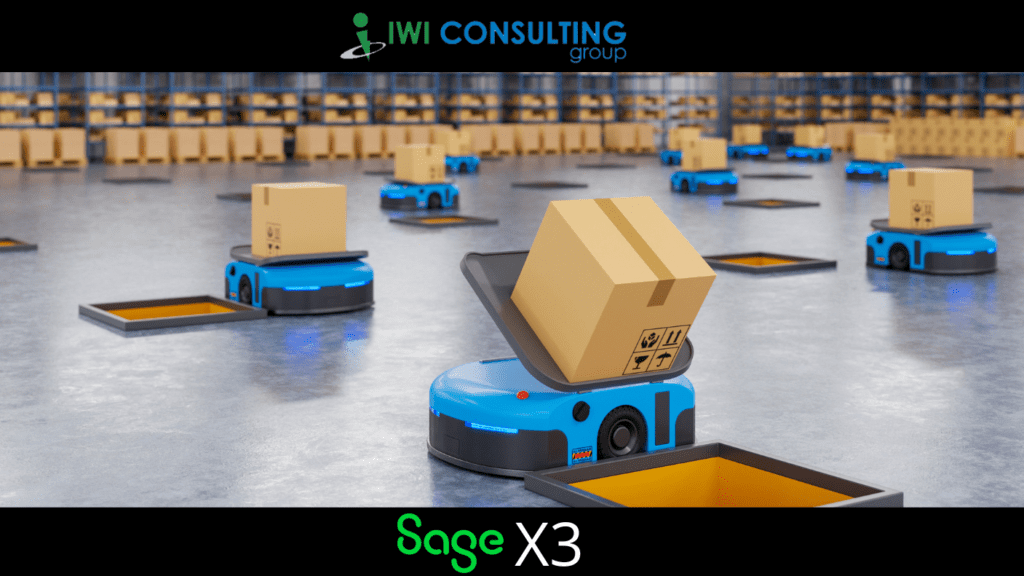

Warehouse and Inventory Management
Sage X3 provides complete understanding of your warehouse and inventory processes. This includes product profitability, order to cash, and warehouse operations, in turn making it easier to stock, pick, and fulfill orders more efficiently.
Operations Optimization
With the ability to easily manage supplier quality and performance, Sage X3 helps companies optimize their purchasing decisions and asses product margins. This make it possible to pinpoint potential weak sports in current supply chains and make adjustments to ensure reliable distribution.
Native Mobile Support
Don’t tie yourself to desktops. With Sage X3, you can empower a mobile sales force with visibility into customer data, current stock, past purchases, product quotes and any promotions, all using any connected device.
Sales and Marketing Integration
Go beyond supply and distribution with complete sales and marketing integration that lets you easily manage sales force assignments, track team targets, and calculate commissions.
Delivering on Distribution
It’s one thing to talk about benefits — it’s another to highlight hard data. On average, companies using Sage X3 saved 5 full-time employees (FTEs) annually, saw a 13% reduction in overstocked inventory levels , and saved more than $2,080 in customer service hours.
Here’s why: When businesses are equipped with the tools they need to fully integrate their distribution functions, monitor supplier quality and compliance, visualize and optimize inventory in real-time, and leverage native mobile apps for sales and purchasing, it’s possible to make distribution part of the larger value proposition, rather than a challenge that needs to be overcome.
Put simply, Sage X3 empowers companies to take control of their distribution from end-to-end. By digitizing key functions and delivering on customer expectations, organizations can delver on the potential of business transformation.
Take your supply and distribution management to the next level with Sage X3. Ready to get started? See how IWI Consulting can help. Get in touch today.


